Titbits and News from the Mare Nostrum
The Bronze Age Golden Hats of Central Europe
Four extraordinary artifacts, collectively known as the golden hats, have captivated archaeologists for centuries. Crafted from thin sheets of gold and dating between 1400 and 800 BC, these unique headpieces were all unearthed in central Europe. Their purpose remains shrouded in mystery, but their exquisite craftsmanship and symbolic decorations offer tantalizing clues about the societies that created them.
By Nick Nutter on 2024-05-12 | Last Updated 2025-05-20 | Titbits and News from the Mare Nostrum
This article has been visited 3,562 times

Schifferstadt Golden Hat
The Golden Hat of Schifferstadt: A Glimpse into the Bronze Age
The first golden hat to be discovered was the Schifferstadt Hat in 1835. Unearthed in a field near the town of Schifferstadt in southwestern Germany, this remarkable piece was found upright on a slab of burnt clay.
The Golden Hat of Schifferstadt weighs just 350 grams and is 29.6cms high. The cone has a diameter of 18cms where it joins the 4.5cm wide brim.
Do you enjoy my articles? For your reading pleasure, this website does not carry third party ads. You could help me write more articles by buying me a cup of coffee.
Three Bronze Axes


Bronze Axes Found with the Schifferstadt Golden Hat
When found, the Schifferstadt Hat was upright with the top of the crown just a few centimetres beneath the surface of the earth. Placed on the brim, vertically inclined and supported by the cone of the hat, were three bronze axes, hinting at a possible ritualistic use.
A Family of Golden Headwear


Brim Detail on the Schifferstadt Golden Hat
The Schifferstadt Hat is not alone. Three other golden hats have been discovered across central Europe:
The Avanton Gold Cone found incomplete near Poitiers, France, in 1844, dates to around 1400 BC.
The Golden Cone of Ezelsdorf-Buch, unearthed near Nuremberg, Germany, in 1953, stands as the tallest known specimen at roughly 90 cm and dates to between 1000 and 900 BC.
The Berlin Gold Hat, whose exact origin remains unknown, is believed to have come from Swabia or Switzerland and likely dates to the same period as the others.
Masterful Techniques: From Solid Gold to Delicate Headwear


Cone Detail on the Schifferstadt Golden Hat
The golden hats were crafted with impressive skill. Each began as a solid piece of gold, painstakingly hammered into a thin sheet no thicker than paper. To create the intricate decorations, the artisans employed a technique called chasing. This involved filling the gold sheet with a mouldable substance like putty, or tree resin and wax, traces of which can still be seen in the hat, then hammering designs from the outside using specialized tools. The resulting raised patterns adorned the exterior of the hat. Finally, the shaped gold was placed over a form to provide structure and stability.
The Enigma of Purpose: Ceremonial Attire or Something More?


Fresco from the Middle East showing tall headdresses
The exact function of the golden hats remains a subject of debate. Given the lack of clear evidence, archaeologists believe they were most likely used in ceremonial contexts. Theories suggesting a connection to tall headdresses depicted in ancient Egyptian or Assyrian art have yet to gain traction.
The golden hats stand as testaments to the advanced metalworking skills and artistic vision of Bronze Age Europe. While their precise purpose eludes us, they continue to spark the imagination and inspire further exploration into this fascinating period of human history.
Do you enjoy my articles? For your reading pleasure, this website does not carry third party ads. You could help me write more articles by buying me a cup of coffee.
 Dana Island, oldest ancient shipyard
Dana Island, oldest ancient shipyard A Bronze Age Courier Service
A Bronze Age Courier Service Cyrene's Lost Treasures
Cyrene's Lost Treasures The Invisible Enemy
The Invisible Enemy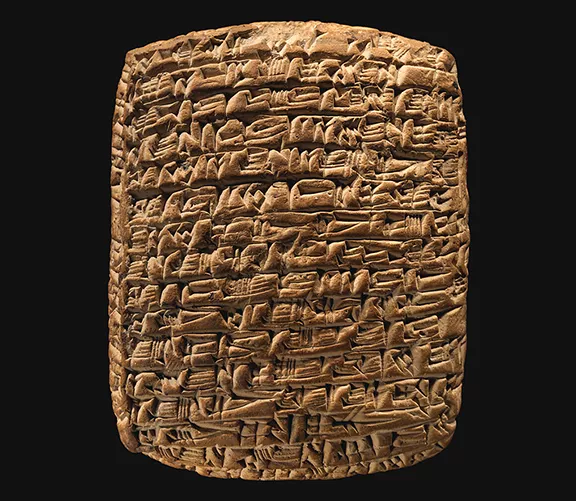 The World's First Company
The World's First Company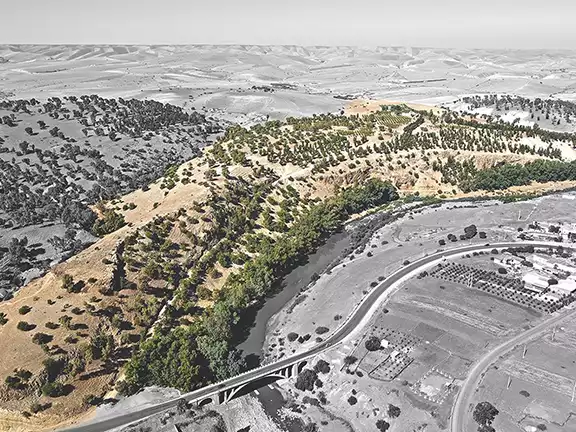 The Copper Age Site of Oued Beht
The Copper Age Site of Oued Beht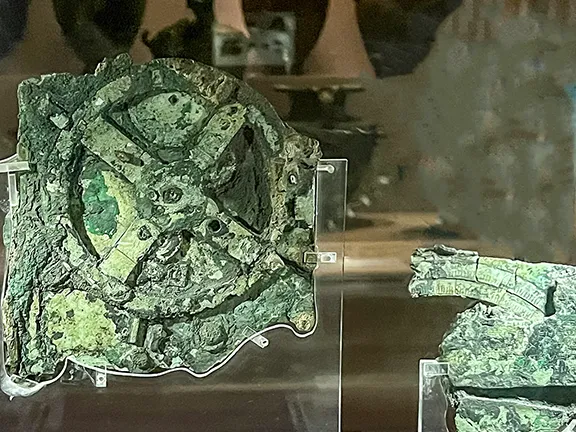 How the Antikythera Mechanism Works
How the Antikythera Mechanism Works Kach Kouch and Iberia
Kach Kouch and Iberia Mediterranean Diet Evolution
Mediterranean Diet Evolution Hidden Colours of Ancient Statues
Hidden Colours of Ancient Statues Cleopatra: Egypt's Last Pharaoh
Cleopatra: Egypt's Last Pharaoh Alexandria Library's True Fate
Alexandria Library's True Fate Six Great Ancient Libraries
Six Great Ancient Libraries Ancient Greek Technology
Ancient Greek Technology Broadening Horizons
Broadening Horizons The Nadītu Investors of Sippar
The Nadītu Investors of Sippar New light on Hadrian
New light on Hadrian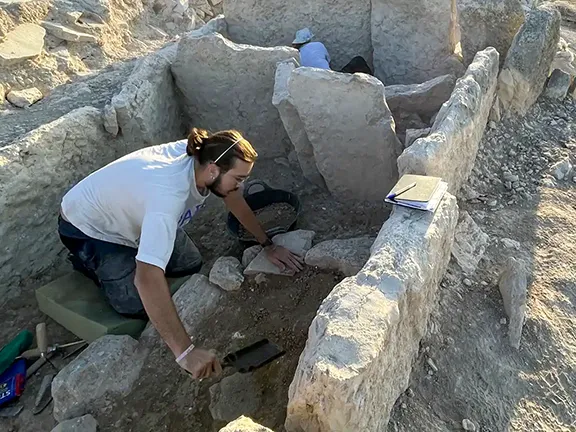 The Dolmens of La Lentejuela Teba
The Dolmens of La Lentejuela Teba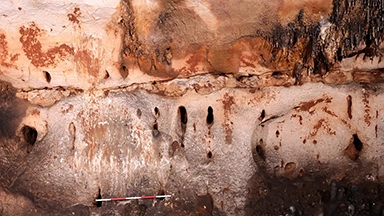 New Cave Art Discovery in Valencia region
New Cave Art Discovery in Valencia region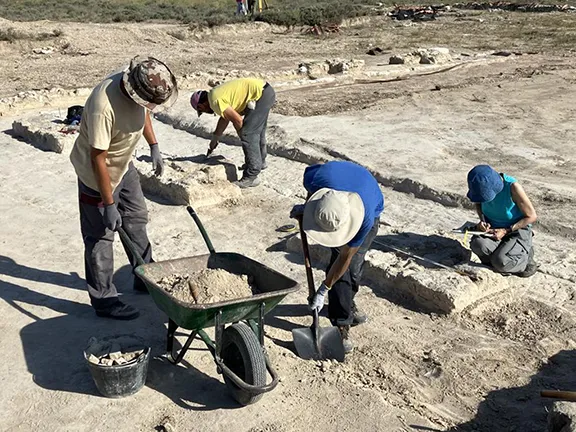 La Cabaneta Oldest Roman Forum in Iberian Peninsula
La Cabaneta Oldest Roman Forum in Iberian Peninsula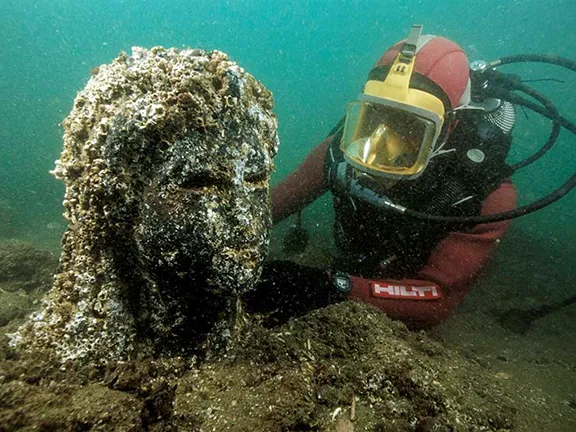 New Discoveries at Ancient Sunken City of Thonis-Heracleion
New Discoveries at Ancient Sunken City of Thonis-Heracleion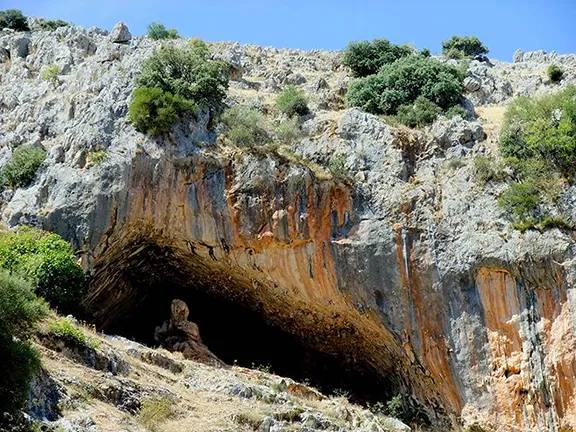 Europe's Oldest Shoes Found: 6,000-Year-Old Sandals Woven from Grass
Europe's Oldest Shoes Found: 6,000-Year-Old Sandals Woven from Grass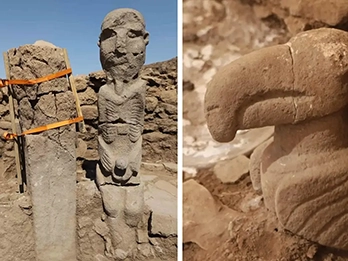 Discoveries at Gobekli Tepe and Karahan
Discoveries at Gobekli Tepe and Karahan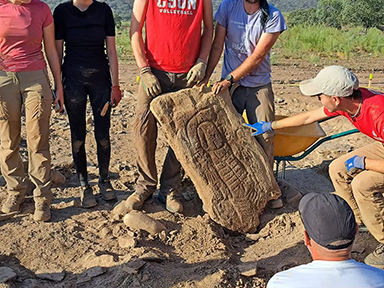 Decorated Stelae found in Canaveral de Leon, Spain
Decorated Stelae found in Canaveral de Leon, Spain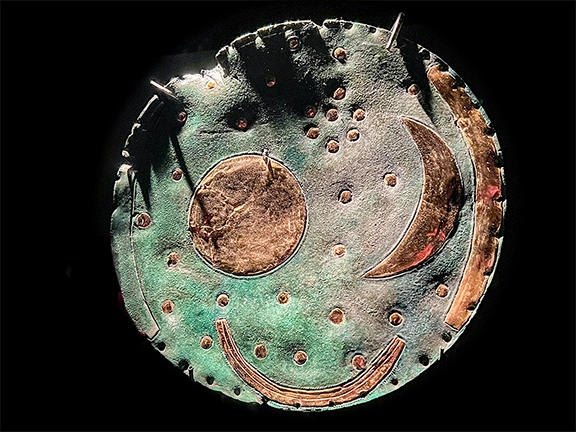 The Nebra Sky Disc: A Bronze Age Calendar
The Nebra Sky Disc: A Bronze Age Calendar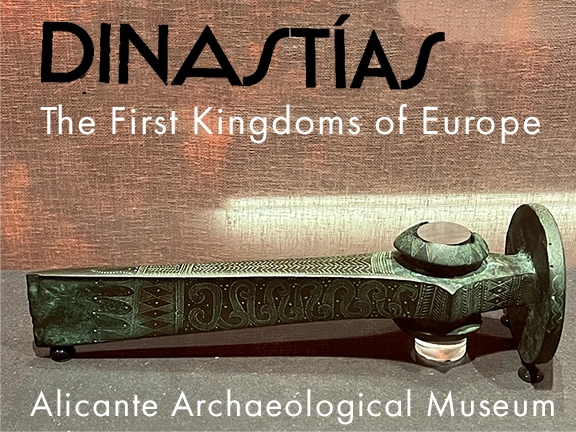 New Exhibition at the Archaeological Museum in Alicante
New Exhibition at the Archaeological Museum in Alicante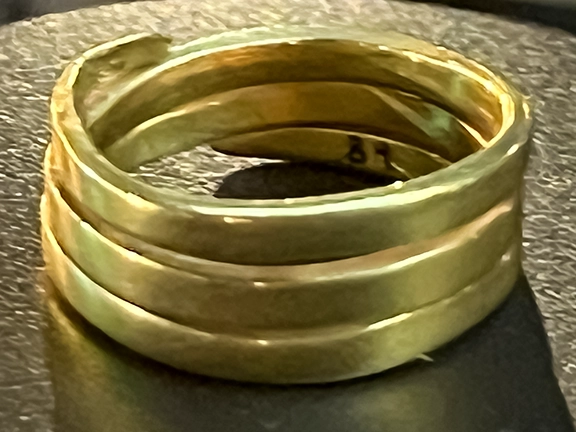 Bronze Age: A Golden Age for Jewellery
Bronze Age: A Golden Age for Jewellery